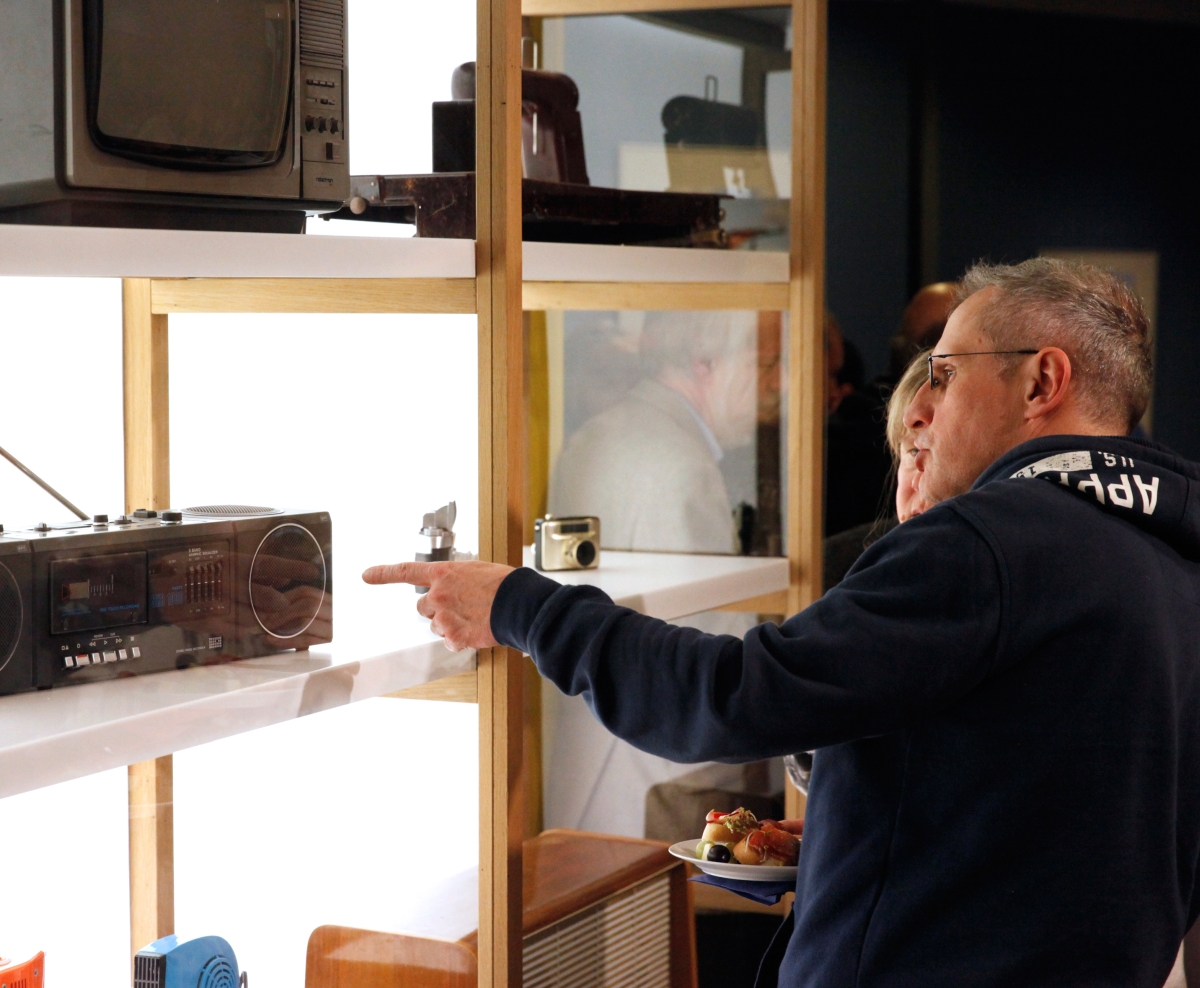
Be it tools, cars or furniture: Industrial design in the GDR is strongly influenced by the political conditions of the SED dictatorship. Consequently, the diversity of everyday products in the GDR reflects social, political and economic developments. The exhibition “According to Plan? Industrial Design in the GDR” shows the ideas, influences, constraints and controls that dictate the work of the designers.
After the Second World War, many designers regard socialism and a planned economy in East Germany as ideal conditions for developing industrial design. Their aim is to create functional products on the basis of simple designs. In the 1950s the SED regime rejects these Bauhaus ideas and demands that designers adhere more closely to folk art, realistic themes, and the classical styles of past centuries.
The “Office for Industrial Design” is established in 1972. The state agency functions as a centrally controlled link between the state and production, directing and controlling all aspects of design in the GDR.
In the 1970s, exports become increasingly important to the GDR’s economic survival. Providing goods to the GDR population is secondary. Design products are coveted but their availability is limited since they do not fulfil basic needs. To acquire or replace them requires connections and an ability to improvise.
With reunification in 1990, the centrally planned economy is converted into the market economy of the Federal Republic. State control of design is abolished, many East German companies are unable to keep up with the competition, and designers are forced to seek new professional opportunities. In biographical interviews they talk about their experiences and how these differ from official propaganda.
Einblicke





